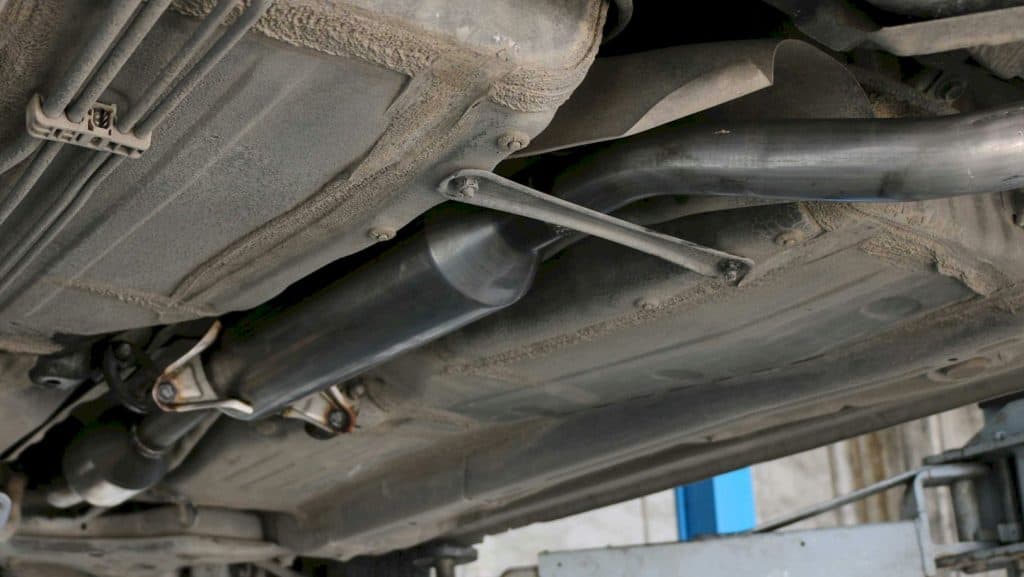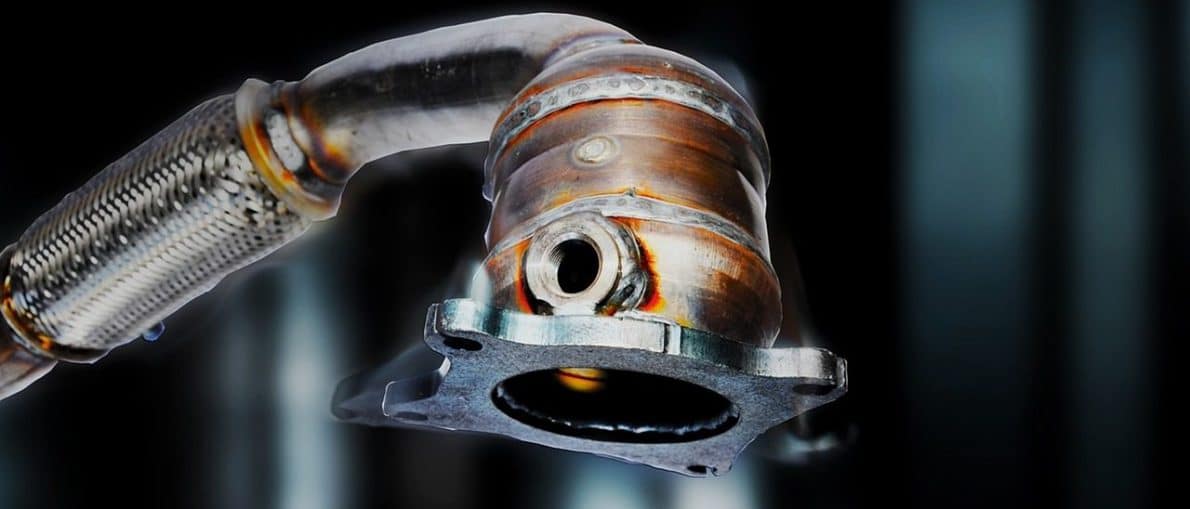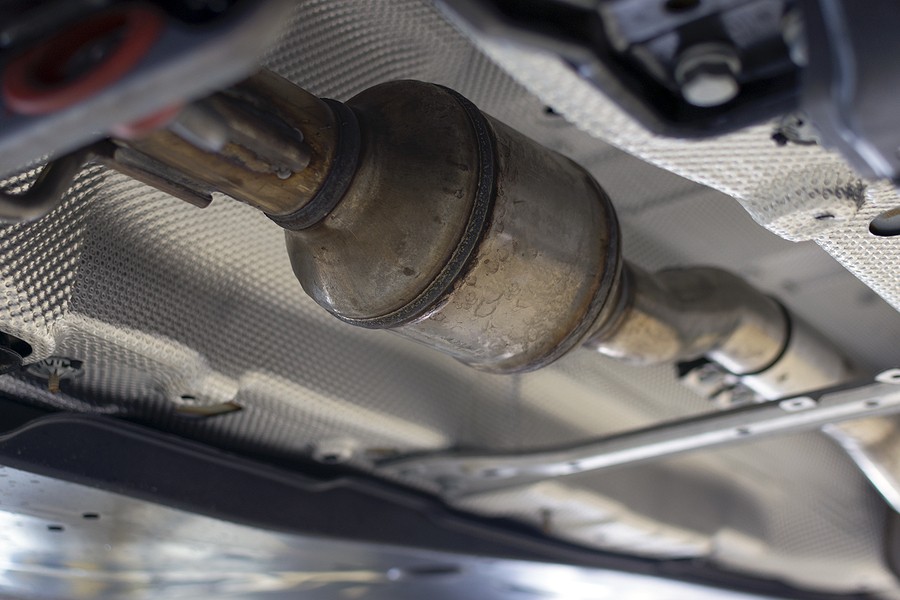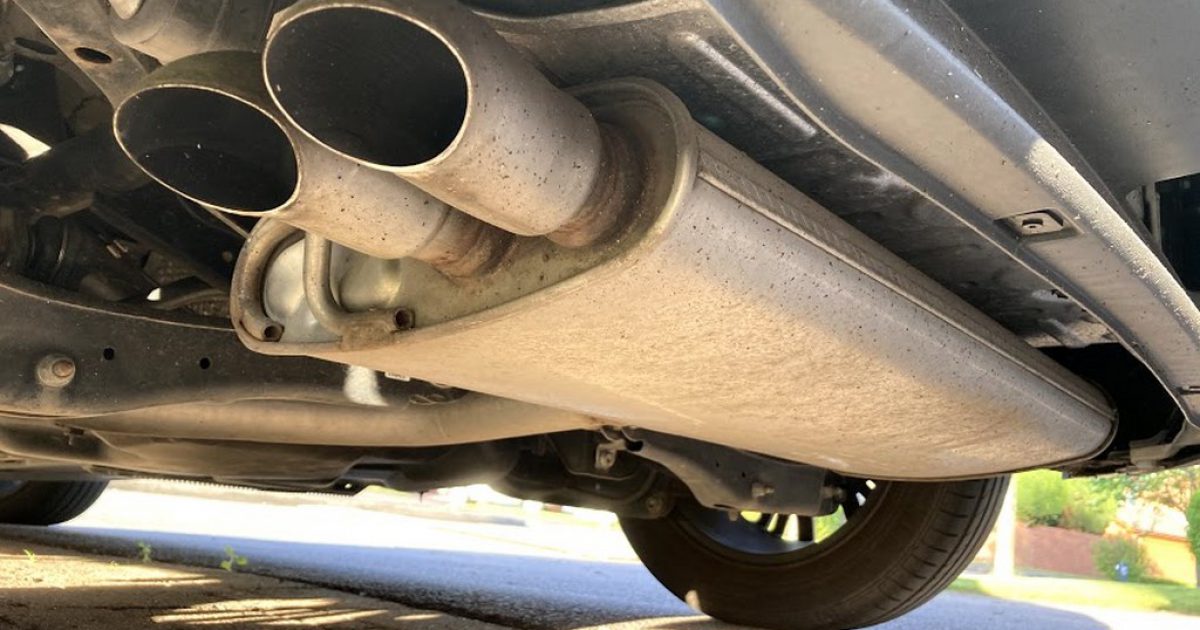Driving a vehicle with a faulty catalytic converter can pose various risks both to the driver, passengers and the environment. Catalytic converters are designed to reduce the number of harmful emissions that come from a vehicle's exhaust system. Typically made of platinum, rhodium, and palladium, a catalytic converter works by chemically converting the gases present to less harmful substances like carbon dioxide, nitrogen, and water. If you suspect your catalytic converter isn't working as it should, then it's crucial to get it checked out immediately. Here are some indicators that your catalytic converter might need attention:
Symptoms of a Bad Catalytic Converter

- Reduced engine performance and acceleration
- Increased emissions
- An unpleasant sulfur smell
- The engine warning light comes on
- A decrease in fuel economy
- Difficulty starting the engine
- Inability to reach normal operating temperature on the gauge
Can You Drive with a Bad Catalytic Converter?

You can drive your car with a bad catalytic converter, but it's not recommended. For starters, your car will have reduced performance levels, making it hard to drive uphill or at high speeds. The decrease in fuel economy might cause you to fill up more frequently than usual. The unpleasant sulfur smell that emanates from your car, especially in traffic, can make driving unbearable. Most importantly, driving with a bad catalytic converter can pose risks to the environment. A faulty converter may produce dangerous fumes that can cause sickness or even serious damage to the environment. You might also fail an emissions test, and in some states, that can cause issues with getting registration or the car on the road legally.
Consequences of Failing to Fix a Bad Catalytic Converter
If you continue driving your vehicle with a faulty catalytic converter, you may end up causing irreversible damage to your vehicle's engine. As the converter doesn't work at full capacity, unburned fuel can slip into the exhaust system, coating the engine's components with carbon. Continuous use can lead to the catalytic converter melting, and you might need a replacement, which could be expensive.
Conclusion
In general, it's not advisable to drive with a bad catalytic converter, primarily for health, environmental, and legal reasons. If you notice any of the symptoms listed, it's recommended that you take your car to a mechanic to check your converter's functionality. Since a catalytic converter is an essential part of your vehicle, it's essential to ensure it's working correctly to keep you, your passengers, and the environment safe.
If you are looking for Bad Catalytic Converter Symptoms, Can You Drive a Car when It fails? you've visit to the right place. We have 5 Pics about Bad Catalytic Converter Symptoms, Can You Drive a Car when It fails? like ️ Can You Drive With A Bad Catalytic Converter? ️, Removing Catalytic Converter 🏎️ Is It Legal To Drive Without One? and also ️ Can You Drive With A Bad Catalytic Converter? ️. Read more:
Bad Catalytic Converter Symptoms, Can You Drive A Car When It Fails?
 curateview.com
curateview.com catalytic curateview
️ Can You Drive With A Bad Catalytic Converter? ️
 www.cashcarsbuyer.com
www.cashcarsbuyer.com catalytic converter protect code car bad p0108 why thefts converters pressure drive muffler steal theft manifold absolute thieves dpf increasing
How Long Can You Drive With A Bad Catalytic Converter?
 www.usautoauthority.com
www.usautoauthority.com catalytic car converter long bad converters drive precious valuable thieves makes part authority rv team accessories parts auto comments direct
Removing Catalytic Converter 🏎️ Is It Legal To Drive Without One?
 www.motorverso.com
www.motorverso.com catalytic converter removing motorverso
How Long Can You Drive With A Bad Catalytic Converter? – The Car Moguls
 thecarmoguls.com
thecarmoguls.com catalytic converter bad long drive
Removing catalytic converter 🏎️ is it legal to drive without one?. Catalytic converter bad long drive. Catalytic converter protect code car bad p0108 why thefts converters pressure drive muffler steal theft manifold absolute thieves dpf increasing